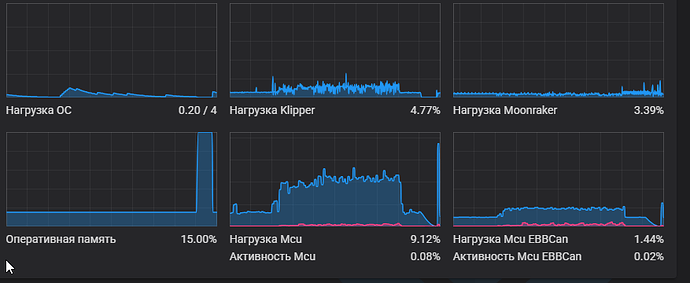It would be nice if you could describe how power is connected and where the GND cables go.
Also, it would be nice if you could add updated logs each time when you make a change and reproduce.
But maybe right now it does not make a lot of sense.
My hypothesis is that PA cause fast motor movements, which in the end, causes excessive current on the GND line.
Which in the end could cause EMI and/or communication issues.
There should be a good enough power connection between EBB and U2C.
Maybe an increase of power voltage could decrease the current that goes back from EBB.
If you flash U2C with klipper and configure as MCU.
Most probably in the logs you will see a TX errors to the EBB.
You can check that hypothesis if you want.
Anyway, I think it looks like an electrical issue.
So, Electric schemes and photos of wiring and connections could help.
Also, maybe it would be just enough to not use stealthChop:
[tmc2209 extruder]
uart_pin = EBBCan: PA15
run_current = 0.650
stealthchop_threshold = 999999
Both Spread and Stealth use sort of PWM signal to control the motor.
But stealth are more aggressive, and try to work as voltage source.
Which I would expect to make a higher frequency and more noisy noise if it is applicable.
Spread on other hand, should try to balance motor current inside the target boundaries, and I want to believe that it should create less noise in the end.
The shield should be connected to the ground on one end, probably around U2C.
I’m not sure if it can help, with this specific issue.
It would decrease the EMI observed outside, but probably has a negligible impact on the noise inside.
Anyway, there should be a scheme and photos for that.



